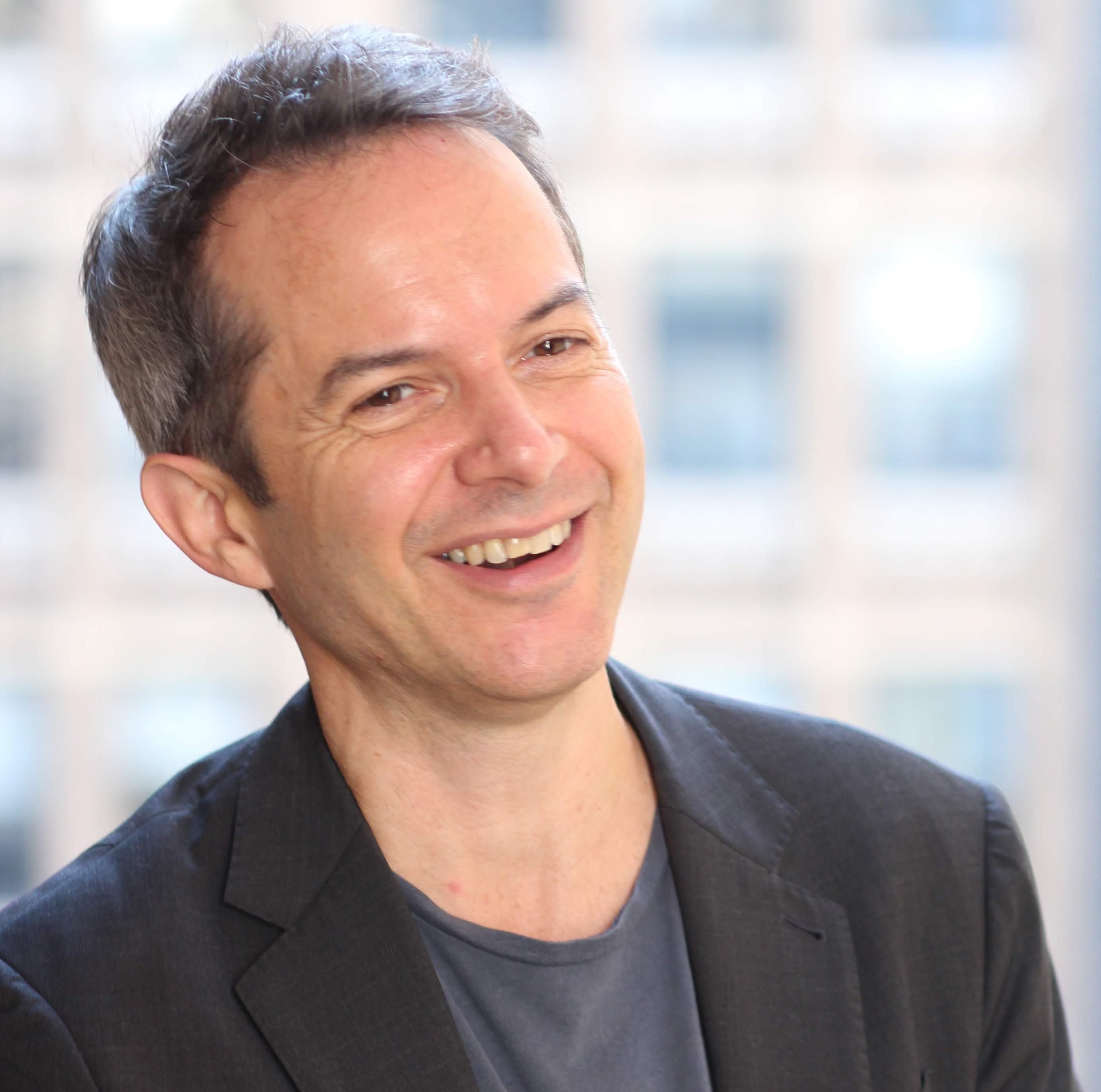
Imagine how things will be different once your problem is solved. This is the vision of the project. Involve your stakeholders in drafting a vision statement. Write it down and refer to it throughout the life of the project. Your vision statement is your beacon. Make it inspiring! This is how you create a vision statement that works...
Now that you and your team have defined the problem it is time to imagine the world once it is solved. By doing this early on in the project you begin with the end in mind, to borrow a Covey phrase. If, however, you have already begun working on your solution before you and your stakeholders have all agreed on what the solution should look like you are setting yourself up for trouble later on.
It is common to confuse a vision statement with a mission statement. Many organizations have vision and mission statements that serve different purposes than what we are discussing here. For projects, a vision statement describes how we envision the world once the mission is accomplished. A vision statement can be two or three sentences long. It shouldn’t be too lengthy. Resist the temptation to make it quantitative. Your vision isn’t a SMART goal. Keep it high-level and make it inspiring. You will work out the specifics later.
Here are examples of vision statements as they apply to the problem statements from our previous post:
Ex #1: Family Involvement
Problem Statement: Family involvement in a child’s education has been proven to be one of the most important factors in student success. However, family involvement in our district is chronically low, which we estimate to have a negative impact on student achievement by two grade points on average.
Vision Statement: Students will report that their family members have high expectations on their performance at school and actively support them in their homework. Our schools will feel like community hubs for families. Parent-teacher conferences, performances, workshops, and other events will be very well attended by smiling, engaged family members.
Ex #2: Bullying Incidents
Problem Statement: Reports of incidents of bullying this year in our school have gone up by 40% over this time last year. Students report feeling unsafe in hallways, bathrooms, and on the playground.
Vision Statement: Students will feel safe no matter where they are in our school. They will support and stand up for each other in order to deal with bullying behavior beyond our school property.
Notice how in the bullying example I don't say that students will “learn to support and stand up for each other”. In this case the vision is not about them learning. It is about the result of that learning. The process of learning is part of the project. Once the project is finished they will be doing. Unless, for example, your vision is to have a complete training program on bullying for your teachers so that they can incorporate bullying prevention into their curriculum on an ongoing basis. In this case the project is delivering a product in the form of a training program and will be considered complete once the method for teaching has begun and the students are showing evidence that they are learning the material.
Every project should have a vision statement. If you can’t think of the problem you are solving or envision how things will look once the problem is solved you should not move forward with your project. Not knowing these things is a symptom that you might be working on a “vanity project” which is a project that you want to do simply because you are passionate about it. There is nothing wrong with vanity projects. Many hobbies we start don’t need to solve a problem or have any other purpose besides bringing us joy. But the work we do in education is about solving problems. Writing your vision statement will be your first step in creating solutions. To begin creating solutions click on this link to create a mission statement.
To read the intro to this series, please click on the link below:
Introductory Post: 25 Steps to Small Project Success
Do you know your problem, but are having trouble formulating your vision statement? Let us know if we can help!
"Project Step #2: Create a Vision Statement" by Tom Armstrong. 2016
Originally published on LinkedIn.



Comments [0]
Click here to read/write comments